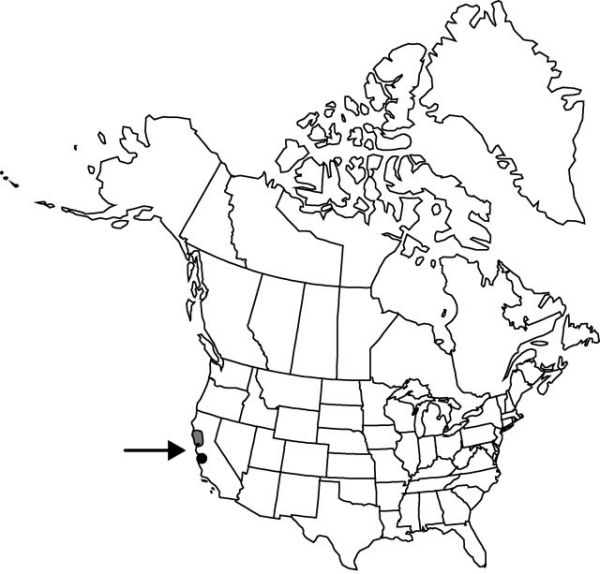Triteleia lugens
Bull. Calif. Acad. Sci. 2: 142. 1886.
Leaves 10–40 cm × 3–10 mm. Scape 10–40 cm, smooth. Flowers: perianth pale-yellow to golden, 12–15 mm, tube funnelform, rather broad, 4–6 mm, lobes spreading, never rotate, with dark midvein, 6–9 mm; stamens attached at 1 level, unequal, alternately long and short; filaments dilated entire length, 1–2 or 2–4 mm, inner filaments equal to lobes, longer filaments rounded apically, apical appendages absent; anthers yellow or blue, 1.5–2 mm; ovary equal to or longer than stipe; pedicel 1–2.5 cm. 2n = 16.
Phenology: Flowering spring (Mar–Jun).
Habitat: Edges of chaparral, mixed forests (foothill woodlands), along streams
Elevation: 100–1000 m
Discussion
Triteleia lugens has a disjunct distribution, being found in Lake, Napa, and Solano counties north of San Francisco Bay (with pale yellow flowers), and 140 miles away in Monterey and San Benito counties south of San Francisco Bay (with bright yellow flowers).
Selected References
None.
Lower Taxa
"broad" is not a number."entire" is not a number."thicker" is not a number.
